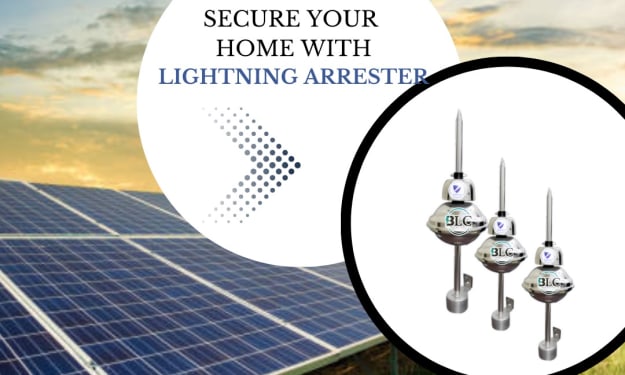
When we talk about technology at work, we’re not just referring to your desktop. Technology in business should range from your security access controls and micro markets, to the software you use to automate tasks.
This type of technology can be quite overwhelming if you’re trying to improve your workspace, but aren’t sure where to start. There’s no need to sweat, if you’re looking for guidance on how investing in technology could benefit your particular business, we wanted to share some ideas which will hopefully inspire you!
Automate routine tasks
If you’re feeling sceptical about just how intelligent artificial intelligence really is, then you’re right. Outside of research laboratories pushing the frontiers of science, AI is not (yet) all that intelligent. It is, however, intelligent enough to be trusted with mundane, routine tasks. This frees up humans for more interesting, value-add work.
The great news for SMBs is that using AI in this way requires minimal outlay. You’ll generally just be buying apps to run on existing hardware. If you’re looking to try out using automation then financial tasks are generally a good place to start. Firstly, they have a major impact on your company. Secondly, they’re vulnerable to human error.
A lot of basic data-entry tasks are really better suited to AI than to humans. For example, you can get an app to use a mobile phone camera to scan data from a receipt and enter it into your accounting software. This is likely to be much faster and less vulnerable to error than having a human hold on to the receipt until they can enter the data manually.
Make offices run more efficiently and pleasantly
AI isn’t the only way to leverage technology. Smart devices aren’t actually remotely intelligent themselves. They simply connect to a network where algorithms do their thinking for them. These algorithms work according to instructions they are given by humans. They can be programmed by their manufacturer, by the end-user or by a combination of both.
From an economic perspective, the benefit of smart devices is that they make spaces run (much) more efficiently. For example, lighting and heating activate themselves when they detect that they are needed. As soon as they detect they are no longer needed, they turn themselves off. Humans can, of course, override default settings if they wish.
Another piece of technology that can make an office much more pleasant is the humble vending machine. Commercial vending specialists Cema Vending have experienced an increase in demand for smart vending machines for commercial environments in which businesses want better options, flexibility and efficiency within the office.
If you’re looking to introduce technology within the workplace, improving leisure areas could be a good first step. Smarter canteen areas can deliver a lot more than just drinks and snacks although, in businesses, that’s still likely to be their most popular function.
Vending machines speed up the time it takes to serve products. In some cases, they can also improve safety. For example, using a vending machine for hot drinks eliminates the need for kettles. You can choose to make them free or chargeable. If you go for the latter, your staff can make contactless payments instead of having to find change.
Communicate better
Communication is at the heart of all businesses. It, therefore, makes sense to invest in it. Realistically, there is a limit to how much value you can extract from standard telephone lines and mobile networks. If you want to push your business forward, you need to switch to VoIP technology. If you’re still using faxes, then it’s definitely time to move to efax.
Switching to VoIP isn’t just about lowering costs (although that’s often a pleasant bonus). It’s about streamlining and integrating communication. For example, with VoIP, you can implement a “click-to-call” button on your website. Once upon a time, that might have been a gimmick, now it’s a real value-add.
The reason for this is that people are increasingly accessing the internet from mobile devices, even when they’re at home. Copying and pasting (or re-entering) a number is a challenge for them. Implementing a click-to-call button, by contrast, makes it really easy for them to do what you want them to do and dial your number.
About the Creator
Ian Perry
Ian Perry is the Head of Technical Services at Cema Vending who are specialists vending machine suppliers and have been for over 15 years. Cema Vending are the place to go for businesses looking for a range of coffee vending machines.






Comments
There are no comments for this story
Be the first to respond and start the conversation.